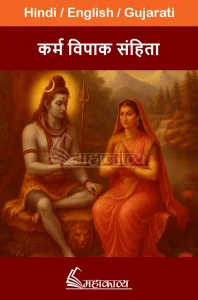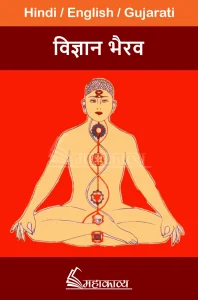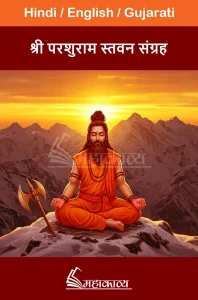Parashara Smriti in English
mong the vast texts of Hinduism, the “Smriti” holds a crucial place. Smriti texts guide the application of Vedic principles to practical life. These texts cover every aspect of life—religion, ethics, social rules, marriage, education, charity, atonement, and justice. The “Parashara Smriti,” written by Maharishi Parashara, is considered the most unique of these Smritis.
Read here in one click ~ Parashara Smriti in Hindi
This Smriti was specifically written for the religion and ethics of the Kali Yuga. While texts like Manu Smriti, Yagyavalkya Smriti, or Narada Smriti explain the religions of other eras (Satya, Treta, and Dwapara), the Parashara Smriti teaches people of the Kali Yuga how to follow Dharma even in difficult circumstances.
Maharishi Parashara said,
“कलो पाराशराः स्मृताः”
“Kalo Parashara Smriti”
meaning: that in the Kali Yuga, only the Parashara Smriti will be considered the authority for religion.
The purpose of this text was not merely to reiterate religious principles, but to give practical form to religion according to the times and society.
This Smriti of Maharishi Parashara is divided into twelve chapters and approximately five hundred and ninety-two (592) verses. In this text, the rules related to society, religion, and conduct are presented in a systematic and accessible language. It primarily discusses two major topics in depth.
Conduct:
It describes the daily duties of a person’s life, including purity, the conduct of the four castes – Brahmin, Kshatriya, Vaishya, and Shudra, the responsibilities of a householder, hospitality, charity, fasting, sacrifices, bathing, chanting, worship, etc. Its purpose is to explain that religion resides not only in worship, but in good conduct and behavior.
Prayashchitta:
This section describes situations when a person commits mistakes, sins, or unrighteousness. Maharishi Parashara explains the atonements a person should perform in such times for purification and self-peace. He outlines various methods for redemption from the sins of karma, such as fasting, charity, chanting, prayer, and self-control.
Maharishi Parashara prepared this text with the circumstances of Kaliyuga in mind. Therefore, he made the principles of conduct simple, humane, and timely, so that religious observance is possible for everyone.
Maharishi Parashara’s goal was not merely to write a religious text; rather, through this Smriti, he attempted to organize human life in accordance with Dharma.
When Kaliyuga began, religious discipline, truth, compassion, restraint, and conduct began to decline in society.
People’s ability to understand and follow the Vedas and ancient scriptures diminished. Seeing this situation, Maharishi Parashara composed this Smriti to present a simple, practical, and contemporary version of religion to the people of Kaliyuga.
By writing this Smriti, Maharishi Parashara conveyed the message that religion is not merely a matter of worship, but rather the embodiment of truth, purity, and compassion in every small act of life. He gave humanity direction by making religion contemporary, simple, and accessible to all. Therefore, Parashara Smriti has been called the most useful Smriti of Kaliyuga.
Parashara Smriti is not merely a religious text, but a moral and social code for human life. Maharishi Parashara taught that religion is not followed through rigorous penance or rituals, but through virtue, truth, and self-control. Thus, Parashara Smriti is a beacon for the people of Kaliyuga, providing a balanced, moral, and spiritual direction to life.
Read This Also
Chanakya mantra (Chant) in English
Durga Saptashati Patha in English






 Download the Mahakavya App
Download the Mahakavya App